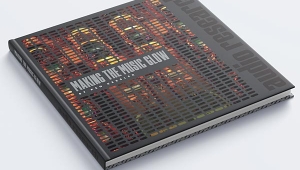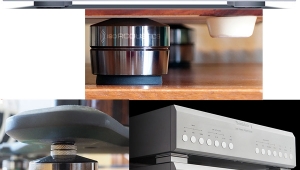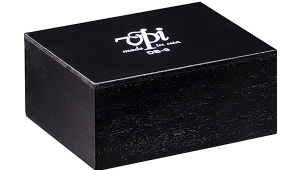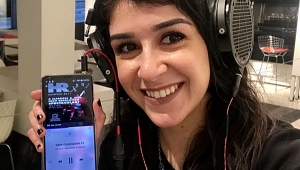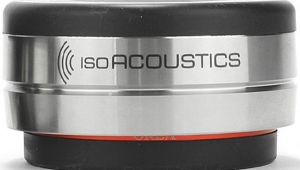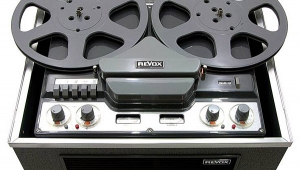| Columns Retired Columns & Blogs |
This certainly seems like an interesting product. However, reading through this review it reminded me of the BBE Sonic Maximizer that I have used in many live sound applications. Any experience with this, much cheaper, piece of gear in a hi-fi environment?









